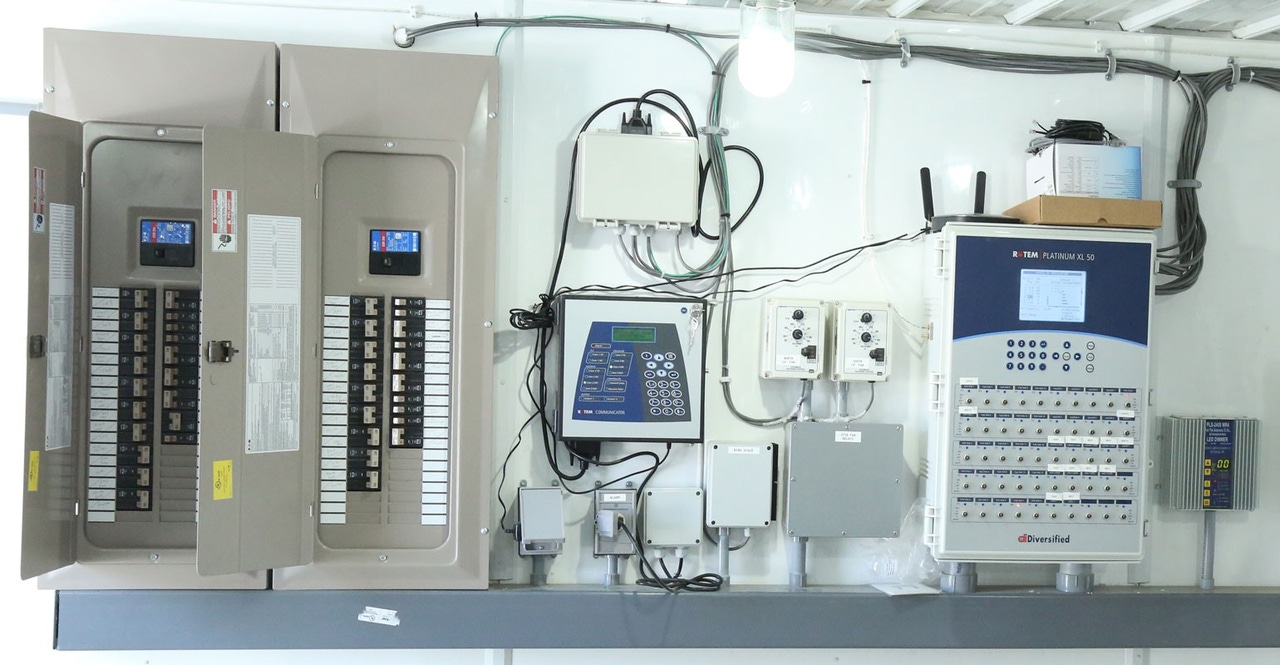Comply with regulations through reliable regulatory compliance assistance.
Comply with regulations through reliable regulatory compliance assistance.
Blog Article
Top Tips for Effective Electrical System Troubleshooting
Troubleshooting electric systems requires a methodical technique, grounded in a thorough understanding of electric concepts and safety and security methods. The nuances of effective repairing expand past plain technological understanding; comprehending how to record searchings for and focus on safety can considerably affect outcomes.
Understand the Fundamentals
Recognizing the essentials of electric systems is essential for reliable troubleshooting, as a solid foundation allows specialists to identify and solve issues much more efficiently. A comprehensive understanding of electric principles, such as voltage, present, resistance, and power, is critical in determining the origin of issues. Voltage is the electrical potential distinction that drives existing with a circuit, while resistance opposes the flow of current, impacting the total capability of the system.
Familiarity with circuit components, including resistors, capacitors, diodes, and switches, is additionally extremely important. Each element plays a distinctive duty in circuit habits and can influence performance when malfunctioning. Furthermore, comprehending series and parallel circuit arrangements is crucial, as these setups influence the distribution of voltage and existing within the system.
Professionals need to be aware of possible threats, such as shock and short circuits, to implement secure troubleshooting practices. By mastering these fundamental concepts, specialists enhance their ability to perform effective diagnostics and repair work, eventually leading to boosted performance and reliability of electric systems (electrical system troubleshooting).
Gather Necessary Equipment
Efficient troubleshooting of electric systems requires the ideal set of tools to identify and resolve problems accurately. Necessary tools consist of a multimeter, which determines voltage, present, and resistance, allowing for precise evaluations of electrical parts.
In addition, insulated hand tools such as screwdrivers, pliers, and wire pole dancers are vital for securely adjusting electric links. It is likewise suggested to have a circuit tester available to validate the presence of voltage in electrical outlets and cords. For more complex systems, a thermal imaging video camera can assist detect overheating parts, showing possible failures.

Adhere To a Systematic Technique
Having collected the ideal devices, the next step in repairing electric systems is to adhere to an organized method. A methodical approach ensures that professionals can identify faults efficiently and properly, decreasing downtime and stopping unnecessary repair work.
Begin by evaluating the system's schematic representations and requirements. Recognizing the style and functional parameters will give context for detecting concerns. Next off, isolate the trouble area by using a procedure of removal. This entails monitoring each component systematically, starting from the power source and functioning in the direction of the tons.
Use screening devices, such as multimeters and oscilloscopes, to collect unbiased data concerning voltage, current, and resistance at numerous points within the system. This empirical evidence will sites certainly direct your troubleshooting initiatives and assist to validate or get rid of potential root causes of failure.
Furthermore, think about ecological variables that might influence the system's performance, such as temperature level variations or moisture ingress. A comprehensive inspection of electrical wiring, connections, and parts will make certain that all possibilities are represented.
File Your Findings
Thorough documentation is important in the fixing procedure of electrical systems. Precise records boost the efficiency of determining reoccuring issues and assist in interaction amongst team participants. Each searching for should be meticulously noted, including signs and symptoms observed, tests conducted, and the outcomes of those tests. electrical system troubleshooting. This technique not only help in recognizing the source of the trouble yet also functions as a reference for future fixing efforts.

In addition, keeping a log of components changed or repairs done is very useful. This information sustains inventory monitoring and can assist analyze the longevity and dependability of details elements.
Eventually, the documentation process need to be detailed yet concise, enabling easy access and evaluation - electrical system troubleshooting. By focusing on detailed documents, technicians can create a beneficial data base that not just help in existing troubleshooting however likewise encourages future upkeep efforts, therefore improving overall system dependability

Prioritize Safety Steps
Identifying the intrinsic threats linked with electrical systems is critical for making sure security during troubleshooting. Electric shock, burns, and equipment damage are simply a few of the possible threats that technicians deal with. Focusing on precaution is not only a lawful responsibility yet likewise a moral necessary that safeguards both the specialist and the surrounding atmosphere.
Before starting any type of troubleshooting task, technicians need to put Clicking Here on appropriate individual protective equipment (PPE), including protected gloves, shatterproof glass, and flame-resistant garments. Making sure that the job area is dry and devoid of clutter can considerably decrease the risk of crashes. It is vital to de-energize circuits prior to beginning any work, verifying that they are not live with the usage of a multimeter or voltage tester.
Establishing clear communication methods with employee is likewise important; this guarantees that every person understands prospective threats and the standing of the electrical system being worked with. Having an emergency action strategy in place can confirm indispensable in the event of an event. By prioritizing safety and security procedures, technicians can successfully alleviate dangers and cultivate a more secure office.
Final Thought
Effective electric system repairing relies upon a detailed understanding of essential principles and a methodical method. By collecting vital devices, adhering to systematic examination techniques, and meticulously recording searchings for, the troubleshooting procedure comes to be a lot more reliable and trusted. Prioritizing precaution makes certain the well-being of individuals included and the honesty of the electric system. Implementing these techniques will certainly improve the troubleshooting experience, leading to quicker resolutions and boosted functional performance in electric systems.
Report this page